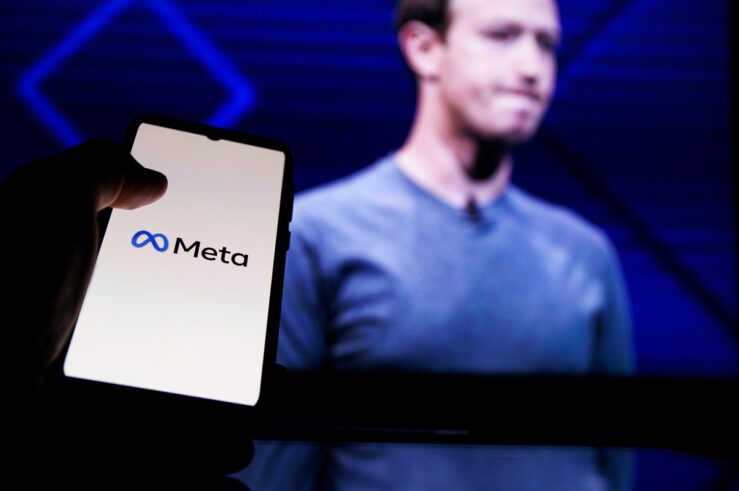The web is all abuzz about possible antitrust implications concerning Google’s new personalized search (see, e.g., here and here), integrating search with Google Plus. Here is Google’s description of “Search, plus Your World”:
We’re transforming Google into a search engine that understands not only content, but also people and relationships. We began this transformation with Social Search, and today we’re taking another big step in this direction by introducing three new features:
- Personal Results, which enable you to find information just for you, such as Google+ photos and posts—both your own and those shared specifically with you, that only you will be able to see on your results page;
- Profiles in Search, both in autocomplete and results, which enable you to immediately find people you’re close to or might be interested in following; and,
- People and Pages, which help you find people profiles and Google+ pages related to a specific topic or area of interest, and enable you to follow them with just a few clicks. Because behind most every query is a community.
The linked articles raising antitrust concerns largely talk about things like leveraging monopoly power in search into social networks and so forth. The usual arguments. For example:
By making Google+ such a large part of search — as well as Picasa — Google certainly is toeing the line of a company using monopoly to extend its reach into adjacent markets. Consider Microsoft’s moves with Internet Explorer, which was bundled with Windows starting in 1998. Microsoft used its monopoly on PC operating systems to nudge into the browser market, where Netscape had overwhelming market share lead. How is what Google is doing different?
Let’s start with the obvious differences: (1) the DOJ had to prove anticompetitive effects in Microsoft; (2) Microsoft was unable to muster up an efficiency justification. Discussions of antitrust implications of any business practice that don’t focus on competitive effects and efficiency justifications are non-starters.
So let’s start with the most obvious thing that should come to mind when watching the integration of general search with Google Plus. Integration! Personalizing search results makes (at least some!) users better off. Users that prefer non-personalized results can have them too. But the trend toward providing a deeper, better, and different forms of answers to questions posed in search queries is not a Google-specific thing. Its an industry thing driven by consumer preferences on the web. When Google or Facebook or Twitter is able to integrate functions of search and social networking to create something different and demanded by consumers, that consumers enjoy and derive surplus from, this is a competitive benefit. Competitive benefits count in antitrust because they make consumers better off. This is very basic. But worth repeating.
The antitrust question is whether, despite these obvious efficiencies, there is plausible evidence of anticompetitive harm — that is, harm to competition rather than individual rivals like Bing, Twitter, or Facebook. My personal view — which I’ve written about at great length here, here, and here — is that there is no such evidence. But for now, the critical point is that antitrust analysis counts the integration of these functions in a manner satisfying consumer preferences — and it seems obvious that this integration produces results that consumers want — as an important consumer benefit. This is a feature and not a bug of antitrust law. Antitrust law that ignores or is biased against the efficiencies of vertical integration, or the introduction of new products integrating previously separate functions (like personalized search, or improved search results with maps), is at significant tension with economic theory and is simply not compatible with a consumer-welfare based competition regime.




